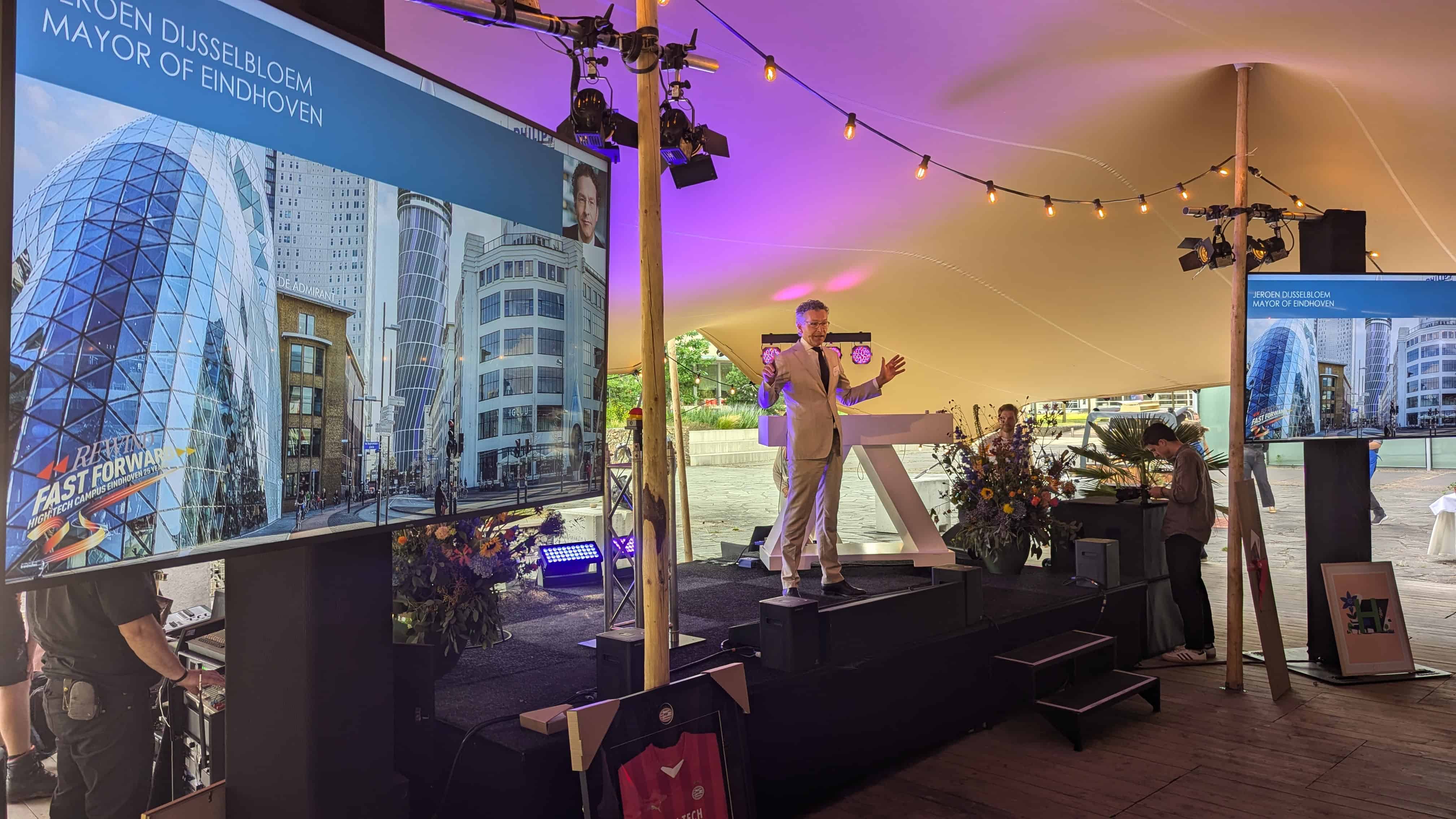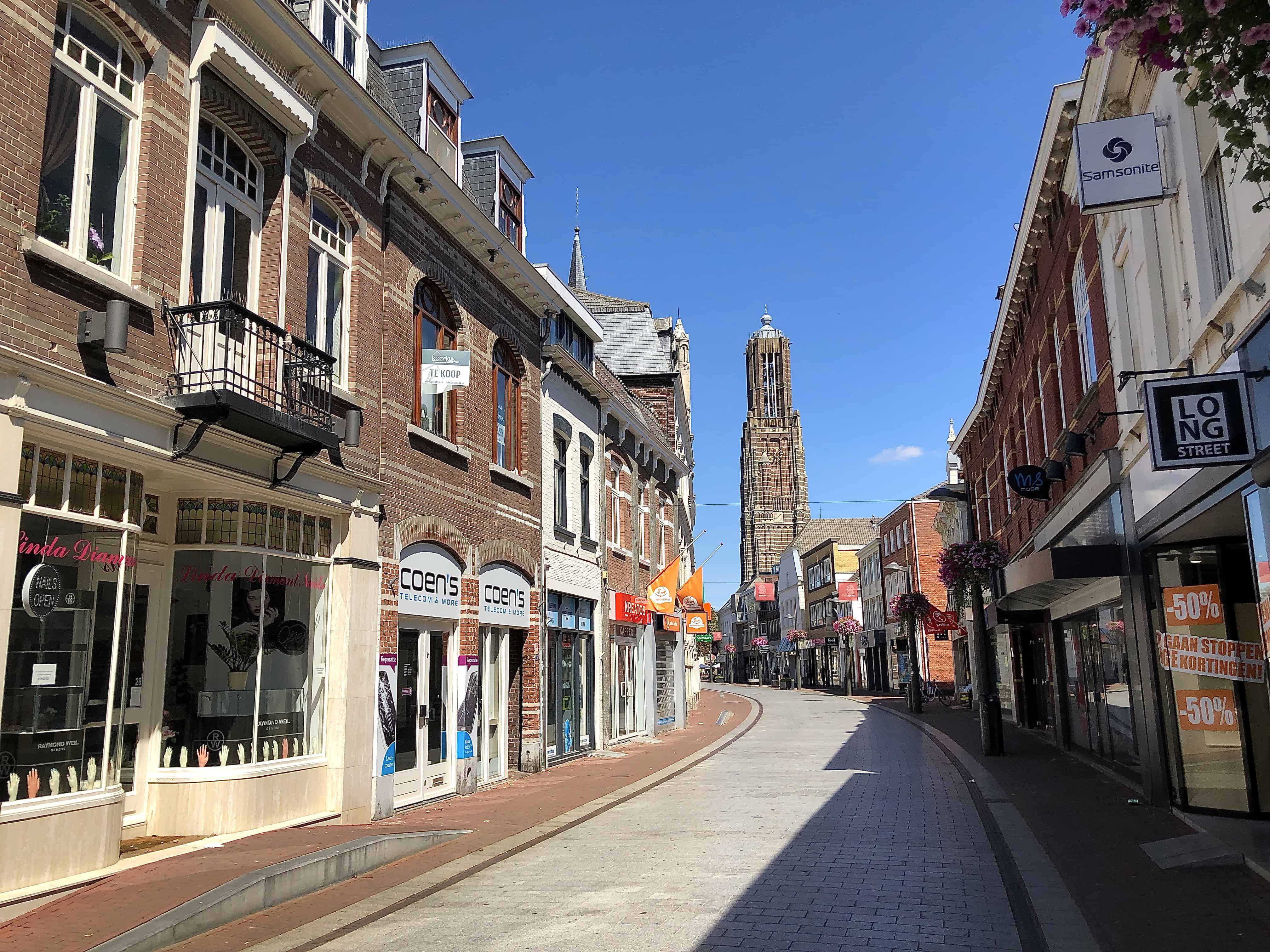
The recruitment and exchange of talented personnel, a concrete approach to housing needs, space for suitable work locations, and an effective approach to the mobility challenge: Brainport can no longer cope alone. Over the past few months, people have already been cautiously looking beyond the borders of the 21 Brainport municipalities. This goal has been formalized with a decision by the General Board of the Eindhoven Metropolitan Region (MRE). At this week’s meeting, the board declared itself in favor of entering into supra-regional collaborations. It is expected that in this way, the goals of the Cooperation Agreement and the Brainport Agenda can be better realized.
Based on this commitment, cooperation agreements will be reached with the municipalities of Meierijstad and Weert. In addition, there will be further exploration of cooperation with the border regions of Belgian Limburg and Antwerp Kempen, and Venlo is already being cautiously explored.

“The spatial tasks in our region are large and have an effect beyond the region,” explained MRE chairman Jeroen Dijsselbloem. “It is obvious that cooperation should be explored with neighboring municipalities and regions.” The first official exploratory talks, according to Dijsselbloem, already show opportunities for promising cooperation on topics such as talent and talent exchange, housing needs, space for suitable work locations, and the mobility issue.
It is also clear that different substantive themes are at play among the various parties. This is most concrete in the case of Meierijstad, Weert, Belgian Limburg, and Antwerp Kempen. Therefore, these collaborations are now being worked out first. The elaboration of the cooperation agreement with Weert will examine whether the municipality of Venlo can also be included immediately.
Scale leap
The Brainport region is experiencing a scale leap, mainly due to its booming high-tech manufacturing industry. Brainport Eindhoven’s economic success is leading to major spatial and social challenges, such as housing, work locations, accessibility, energy infrastructure, vital rural areas, and facilities. These tasks are laid down in the Cooperation Agreement ‘On the right track’ 2023 – 2026. With the additional investments of the State as part of the Beethoven project, the existing tasks will be intensified.

